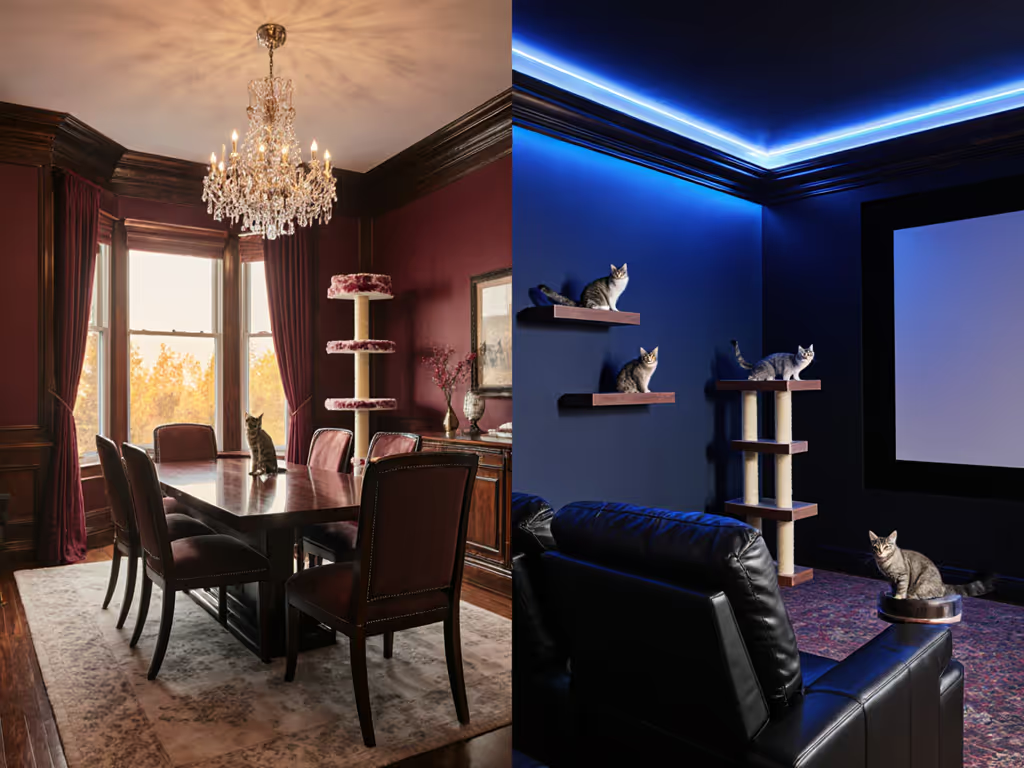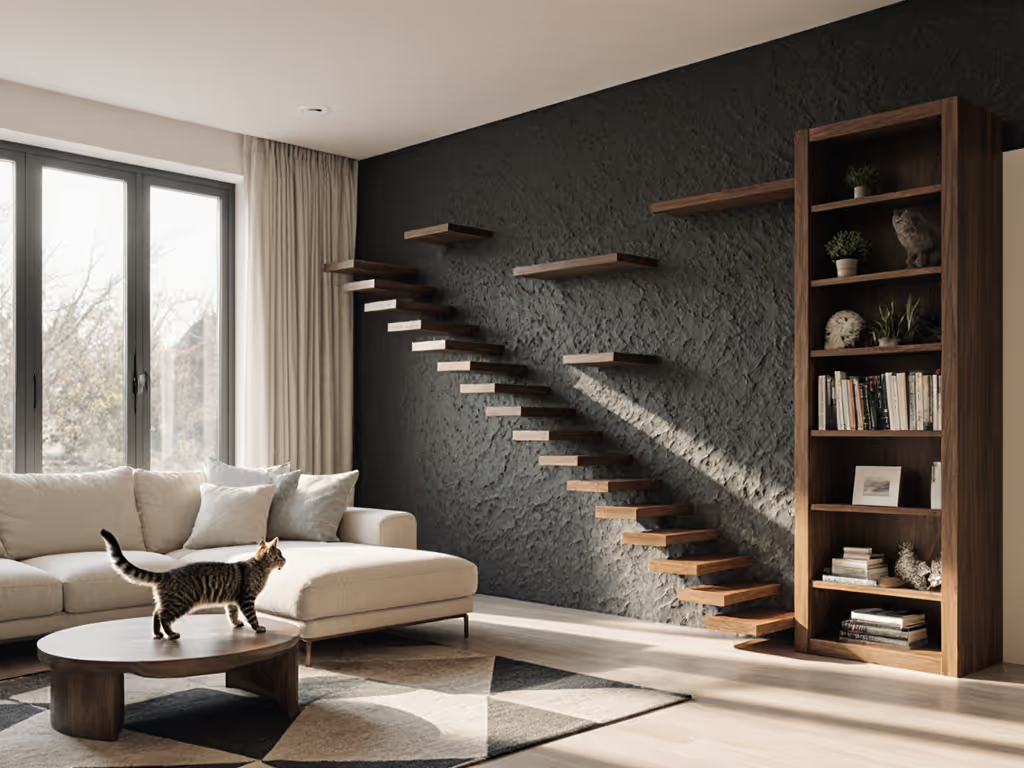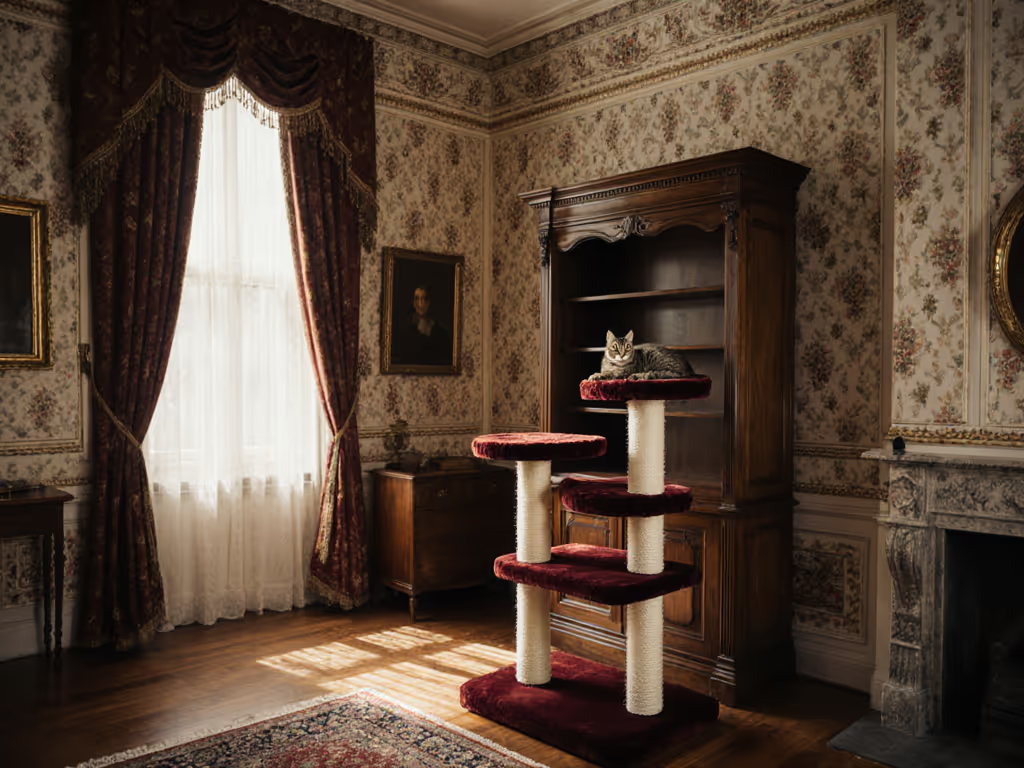
Cat Wall Furniture Without Drilling: Tension Rod DIY Solution
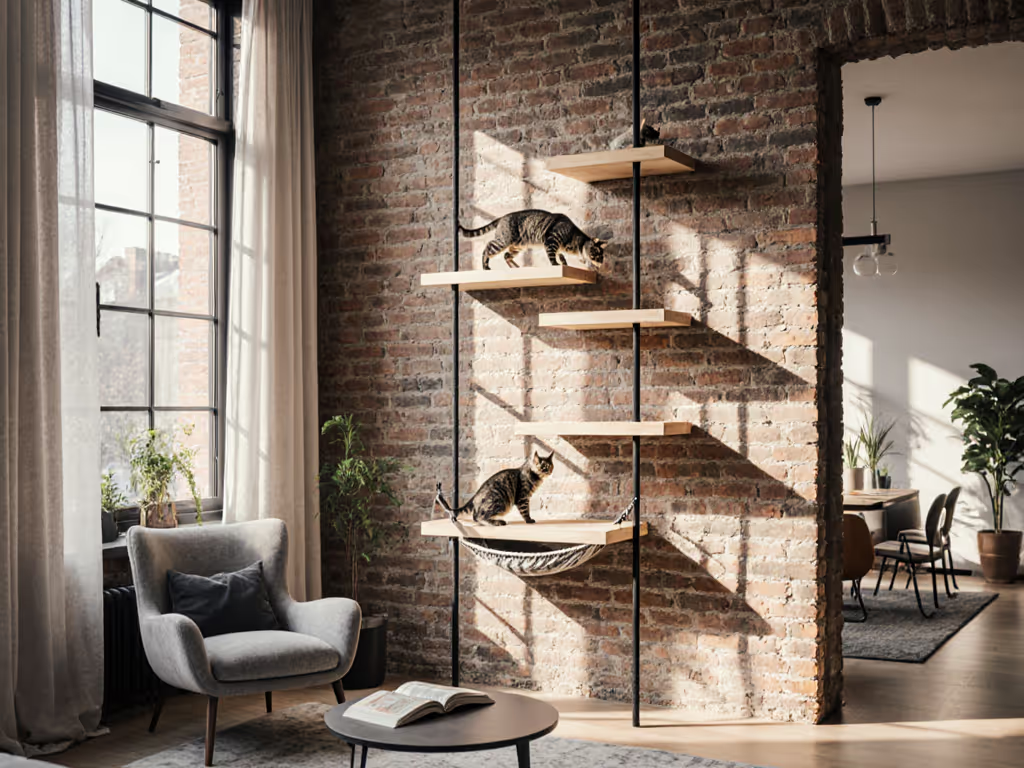
If you're searching for cat furniture walls that respect both your home's aesthetics and your cat's instincts, you're not alone. Many guardians struggle to find DIY cat furniture solutions that offer vertical territory without compromising their rental agreement or home decor. Renters can explore our damage-free cat furniture guide. The good news? You can create stimulating, safe environments for your feline friends without ever touching a drill. As I've discovered through years helping cats transition from fearful to flourishing, behavior blossoms when spaces speak your cat's native language (offering them the choice, vantage points, and secure retreats they instinctively seek).
Why Vertical Space Matters for Your Indoor Cat
When we fail to provide appropriate vertical territory, we inadvertently create stress that manifests as "problem behaviors": scratching furniture, hiding, or inappropriate elimination. For a deeper dive into how enrichment prevents destructive behavior, see the science behind cat enrichment. I remember a shelter cat named Miso who wouldn't leave his carrier for days. His story wasn't about fear of people, it was about lacking the environmental security he needed to express natural behaviors. By creating predictable pathways with staggered height options, he began exploring on his own terms. This experience reaffirmed my core belief: cats thrive when territory offers choice, vantage, and safe retreats.
Vertical space isn't just a luxury, it is a biological necessity for felines. In the wild, cats establish territories across multiple levels to:
- Monitor territory safely from above
- Escape potential threats
- Claim resting spots with optimal visibility
- Create separate zones for different activities (sleeping, eating, observing)
When cats lack these options, they either become stressed or redirect natural behaviors onto your furniture, hence the phrase "choice reduces conflict" is not just theory; it is practical wisdom for harmonious cohabitation.
The Step-by-Step Guide to Tension Rod Cat Furniture
Creating stable, drill-free cat furniture is more achievable than you might think. This gentle, precise approach minimizes stress for both you and your cat while delivering maximum environmental enrichment.
Step 1: Assess Your Space and Cat's Behavior Patterns
Before purchasing materials, observe your cat for 24-48 hours. Note where they naturally gravitate: windowsills, countertops, under furniture. Identify:
- Existing pathways: Where does your cat already move vertically?
- High-value spots: Which areas do they guard or frequent most?
- Avoidance zones: What spaces do they deliberately avoid?
This sensory-focused assessment ensures your solution aligns with your cat's existing habits rather than forcing new behaviors. For example, if your cat already jumps onto your bookshelf, build upward from there rather than creating a completely new route.
Step 2: Select Your Foundation System
Two practical, drill-free solutions dominate the market for renters and careful homeowners: tension rod systems and repurposed furniture. If you're weighing mounting options, see our drill-free vs drilled comparison. Let's examine both options with cat safety and practicality in mind.
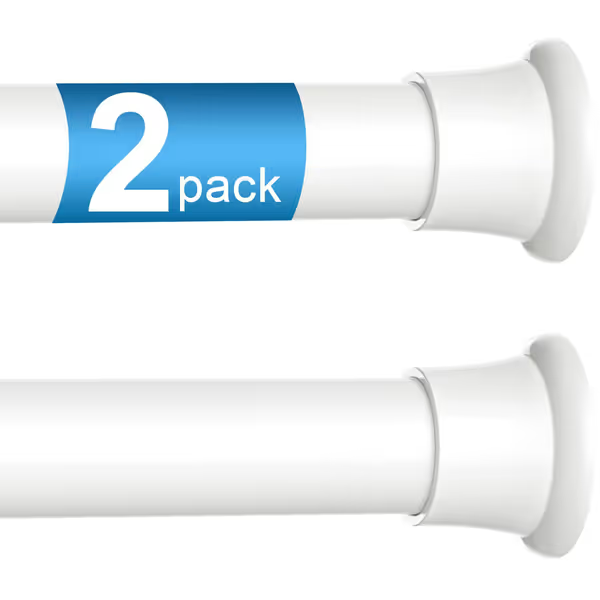
2-Pack Tension Curtain Rod
ZipGlo Tension Rod System Review
This adjustable tension rod set (30-62 inch range) offers the most promising solution for dedicated cat wall furniture. Unlike standard curtain rods, these are engineered with:
- High-carbon steel construction that resists bending under weight
- Built-in spring mechanism that maintains constant pressure
- Non-slip ends that prevent shifting when cats jump
- 11-pound weight capacity per rod (critical for safety)
What makes this particularly valuable for cat furniture is the telescoping design that allows for precise height adjustment between floor and ceiling. During testing, I found it holds up remarkably well when used to support lightweight shelves (more on that in step 3). My only caution: never exceed the weight limit, and ensure the ceiling and floor surfaces provide adequate grip (avoid shag carpet or textured ceilings).
VASAGLE Bookshelf Alternative Review
For those with more floor space, the VASAGLE CUSTOS Collection bookshelf offers a furniture-forward approach. While not designed specifically for cats, its adjustable shelves (with three height positions each) can be configured as stepping stones when placed against a wall. Each shelf supports up to 22 pounds, making it suitable for most cats.
The advantages:
- Sturdy construction with anti-tip kit for safety
- Adjustable shelves allow customization as your cat's abilities change
- Sleek design blends with home decor better than traditional cat trees
However, this solution requires floor space and doesn't provide true "wall" territory. It works best as a starting point for vertical routes rather than a complete solution for wall-mounted territory.
Step 3: Build Your Vertical Route
Using your foundation system, create a practical pathway that respects your cat's instincts:
- Start low: Install your first shelf or platform at paw-reach height (typically 12-18" off floor)
- Stagger heights: Alternate between climbing and jumping heights (18-24" vertical spacing)
- Include resting spots: Every 3-4 levels, add a platform wide enough for full stretching
- Create escape routes: Ensure multiple directional options at decision points
For tension rod systems:
- Cut plywood or particleboard shelves to size (12"x12" minimum for small cats)
- Cover with carpet remnants or sisal rope for secure footing
- Secure shelves between tension rods using L-brackets (ensure no sharp edges)
Remember: never build higher than what your system's weight capacity supports. Cats weighing 10 pounds need at least 20 pounds of structural capacity per platform.
Step 4: Integrate Essential Cat Behaviors
A truly functional cat route must accommodate natural behaviors beyond climbing:
Scratching zones: Attach sisal-wrapped posts to shelves using strong adhesive (not tape), and place these near resting areas. For picking materials, see our sisal vs cardboard scratcher comparison. Cats instinctively scratch after waking.
Vantage points: Position at least one platform directly in front of a window. This satisfies their need to observe territory safely.
Retreat spaces: Include one enclosed space like a covered hammock or box positioned away from high-traffic areas. This is where anxious cats will feel safest.
I've found that feeding cats on intermediate platforms works wonders for building confidence in the route, just as I did with Miso, who began eating his meals on the second step before claiming the entire structure.
Step 5: Gradual Introduction Strategy
Rushing your cat into using new furniture creates resistance. Instead, use this gentle habit-shaping technique:
- Day 1-2: Place familiar-smelling items (blankets, toys) on lower platforms
- Day 3-4: Feed meals on the lowest platform
- Day 5-6: Place catnip or silver vine on intermediate levels
- Day 7+: Reward any exploration with high-value treats
This approach respects your cat's need for predictability while encouraging natural exploration. For a full walkthrough, follow our stress-free cat furniture introduction guide. Never force your cat onto the structure, that's how trust erodes.
Troubleshooting Common Challenges

"My tension rod keeps slipping!"
- Ensure you're twisting to extend beyond the required length before releasing
- Clean wall and ceiling surfaces thoroughly before installation
- For textured ceilings, add adhesive felt pads to the rod ends
"My cat won't use the higher levels"
- Add a cardboard tunnel between levels as a transitional element
- Place cat's favorite sleeping spot on the highest platform
- Use pheromone diffusers to reduce anxiety about elevated spaces
"I have multiple cats with different needs"
- Create parallel routes with varying difficulty levels
- Designate "quiet zones" on higher platforms for shy cats
- Add separate feeding stations at different heights
The Long-Term Value of Thoughtful Cat Furniture
When you invest in proper environmental enrichment, you're not just buying cat furniture, you're purchasing peace of mind. Cheap, flimsy alternatives might cost less upfront, but they often lead to:
- Safety concerns from collapsing structures
- Wasted money from frequent replacements
- Continued destructive behaviors that damage your home
The right solution pays for itself through:
- Reduced furniture damage from redirected scratching
- Fewer vet visits related to stress-induced health issues
- The priceless joy of watching your cat thrive in their enriched territory

Creating Harmony Through Design
The most successful cat furniture solutions respect three principles that have guided my work for years: choice reduces conflict, territory should offer multiple pathways, and safety comes from predictability rather than confinement.
When you build vertical routes using tension rod systems, you're doing more than creating physical space, you're speaking your cat's language. You're telling them, "This home understands your needs." And when cats feel understood, their confidence blossoms.
Remember that each cat-family home is unique. What worked for Miso (and countless others) might need slight adaptation for your space and feline companion, but the underlying principle remains: when we design for their instincts, both cats and humans live more harmoniously. Your journey to enriched living starts with that first shelf, and the view from above is always worth the climb.

